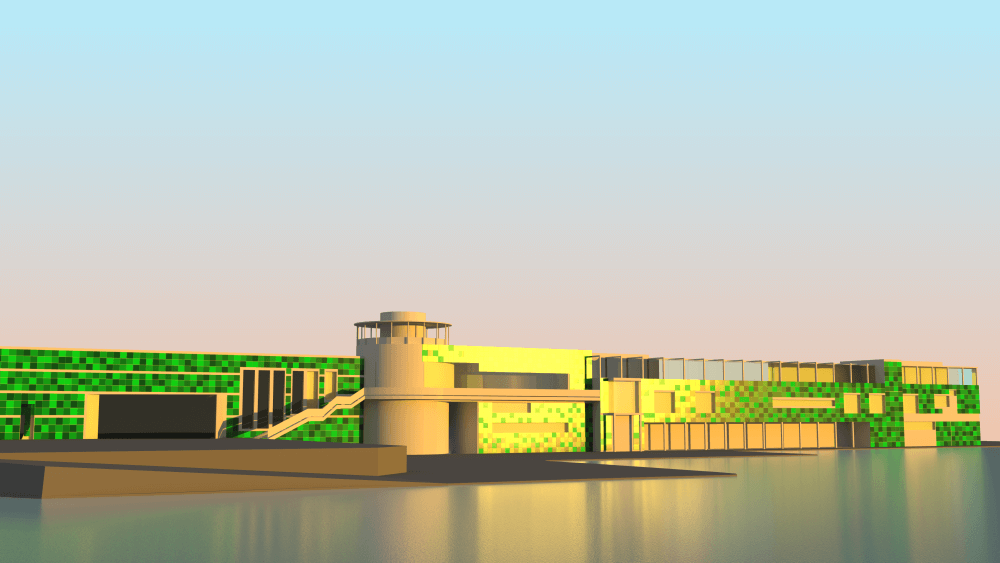| Duration: | 11/2023 - 04/2026 |
| Contracting Authority / Sponsors: |
The project is funded by the research initiative Zukunft Bau of the BMWSB (Bundesministerium für Wohnen, Standentwicklung und Bauwesen) an the BBSR (Bundesinstitut für Bau-, Stadt- und Raumforschung) |
| Project Partners: | Priedemann Fassadenberatung GmbH, Fachglas Sachsen GmbH |
| Website: | PV-Antiblend |
| Projektfokus: |
PV-Antiblend

In order to ensure the acceptance of PV systems in cities, the project "PV-Antiblend" addresses planning solutions to avoid glare caused by PV systems. As part of the project, a free plug-in for the planning tool Rhino is being developed. It visualizes glare risks in the planning phase to enable preventive measures to be taken against glare. An accompanying database provides reflection data from various PV modules, including PV modules with glare-reduction technologies. This makes it possible to assess which glare-reductiontechnology is suitable for a particular building project to avoid glare.
Recently, glare - caused by solar radiation reflected by PV systems - has increasingly been identified as a negative side effect, as with other glass facades. For this reason, glare incidents can reduce the public acceptance necessary for the expansion of PV in inner-city areas.
Assessment and Avoidance of Glare from PV Systems
The project "PV anti-glare" aims to sensitize planners to the issue of glare and provide a method for assessing the risk of glare and thus achieve the overarching goal of socially accepted PV expansion. In this way, glare incidents can be identified during the planning phase with the help of a glare analysis, thus avoiding any subsequent and costly reduction measures.
The planned method is to be integrated into a free software plug-in for the planning software "Rhino" frequently used by architects and specialist planners, so that it can be easily integrated into existing planning processes.
The plug-in can be used during the planning phase to visualize time-resolved glare hotspots in the vicinity of the PV system. Hotspots are regions that are exposed to high levels of solar radiation over the course of the day and year, which in turn is reflected by the PV system. For the correct calculation of the hotspots, a database is provided, which includes measured data on the reflection behavior of PV modules with various glare-reductiontechnologies and degrees of soiling. Luminance images, which visualize the human perception of brightness, are then generated from various perspectives. This allows glare risks to be identified and countermeasures to be taken. To validate the method, luminance images measured in the field and simulated are then compared with each other.